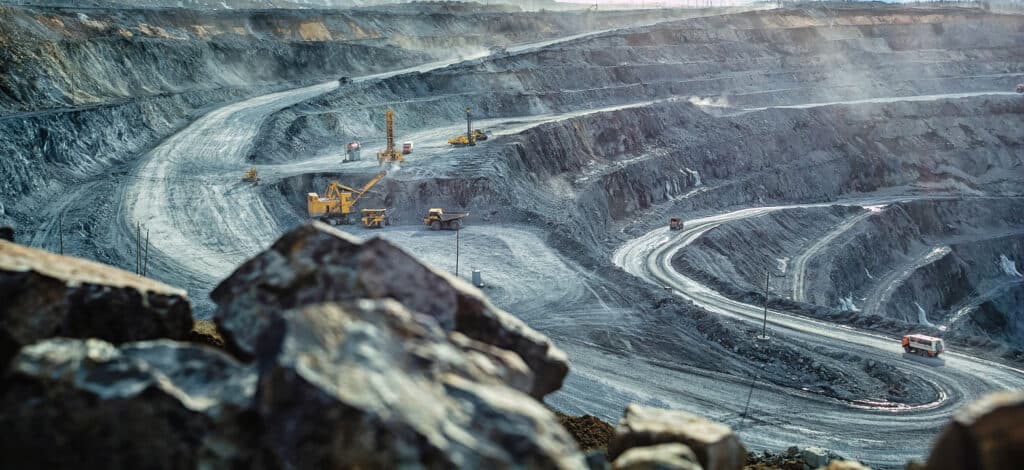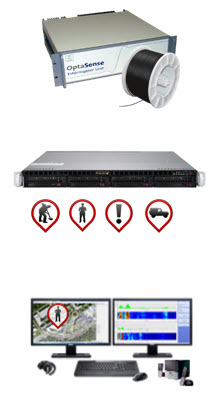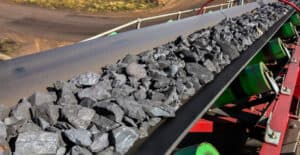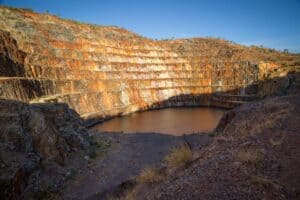
Mining Operations monitoring
Saving Time, Money and Lives With Distributed Fiber Optic Sensing
The use of distributed fiber optic sensing (DFOS) technology is a game-changer in ensuring the safety of mining operations. It provides early warning signs of geotechnical failures, water ingress, and equipment malfunctions, allowing for timely intervention. This not only safeguards the lives of miners but also enhances operational efficiency by minimizing unplanned downtime.
Applications in Mining
- Geostructure Monitoring: Track strain and stress changes in tailings storage facilities, dams, levees, and earthen structures to predict collapses.
- Asset Monitoring: Track the health and performance of critical equipment, particularly conveyor belts, to prevent costly breakdowns and dangerous situations.
- Environmental Monitoring: Monitor temperature and acoustics to ensure compliance with environmental standards.
Components of a Mine Monitoring System
- Interrogator Unit and sensing fiber cable: Distributed Acoustic Sensing is based on Rayleigh scattering principle. Certain fiber optic cable characteristics are preferred but not required. The cable is armored if direct buried, non-armored if in conduit.
- Processing Servers + detection software: Applies signal processing to raw acoustic data, to pick out activities or events of interest. It has the ability to suppress signals from animal activity, severe weather or specific zones. Alert data is then relayed to Operators or a common interface.
- Operator Workstation or common interface: Data visualization – usually a map display with alert icons, plus acoustic read-outs. Interfaces to CCTV Cameras, Cell phones and common interfaces.

Embracing the Future
By integrating DFOS into mining operations, we step into a future where mining is safer, more efficient, and more sustainable. Explore our site to learn more about how Luna’s Distributed Fiber Optic Sensing is transforming the mining industry.



